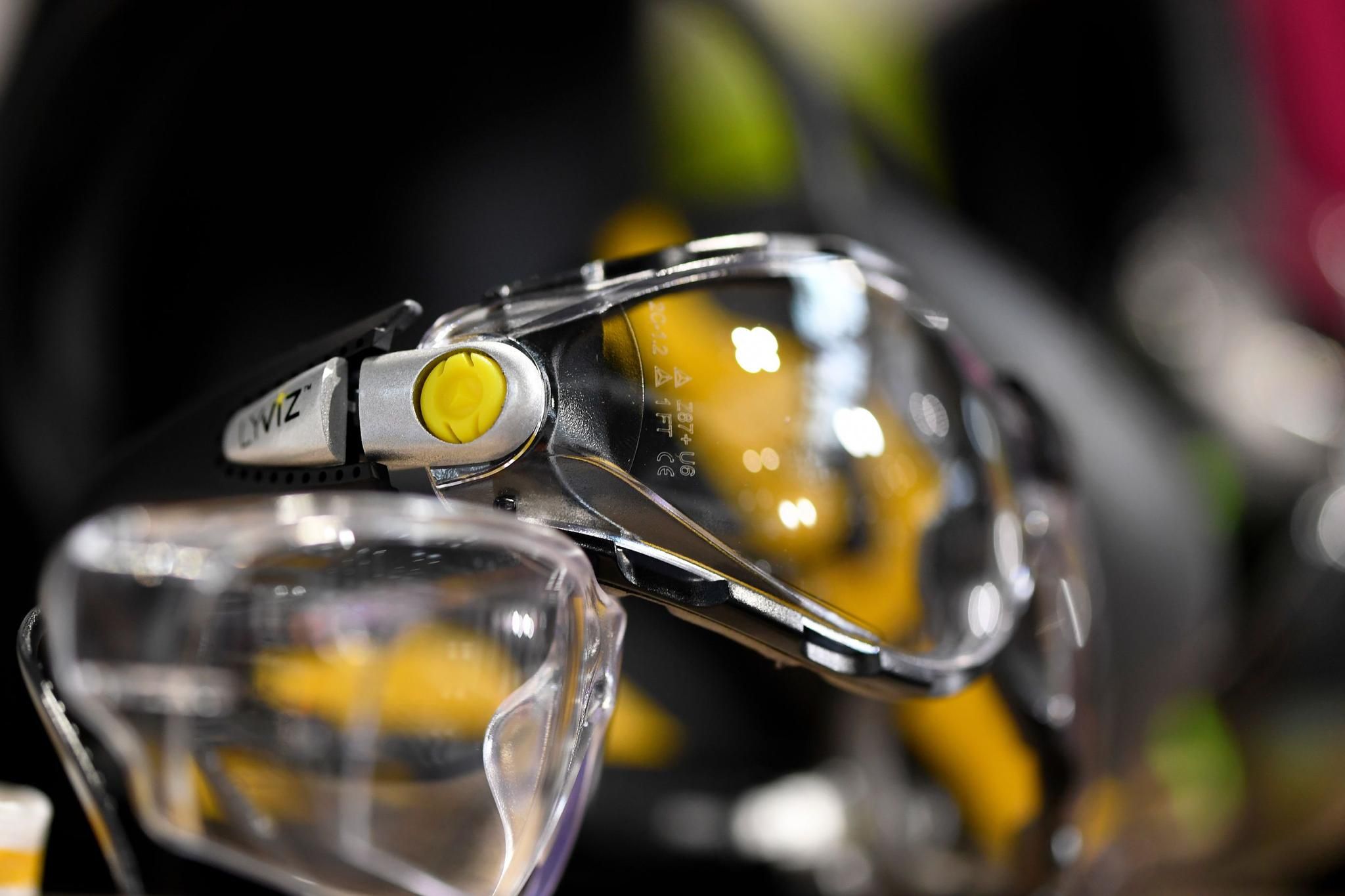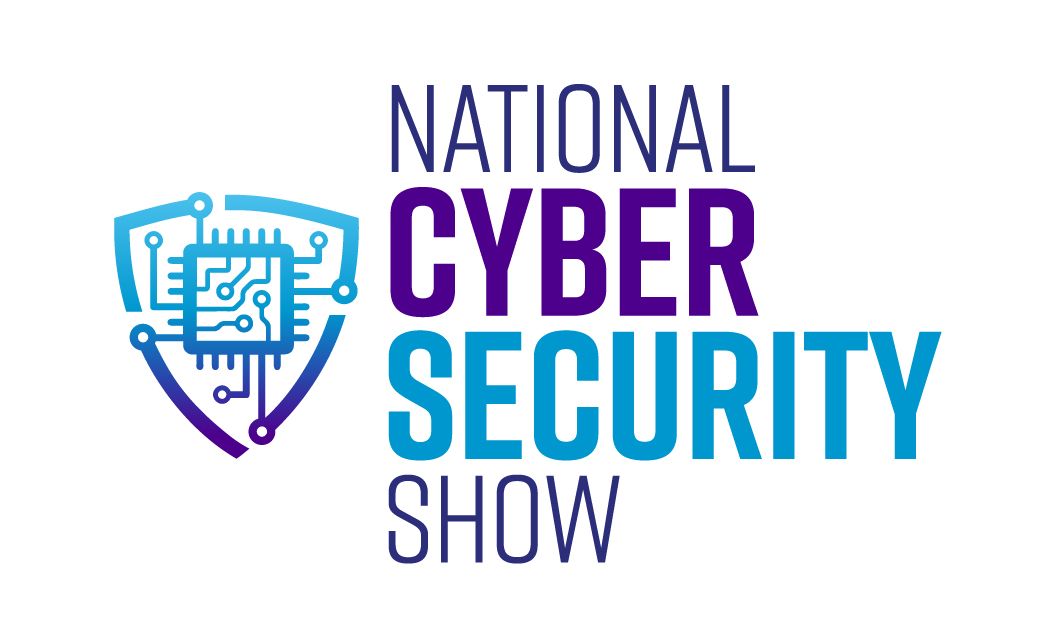Why Office Workers Have Cleaner Hands Than Mobile Workers—And Why That’s a Problem
In most organizations, decision-makers in health & safety and fleet management have easy access to handwashing facilities—running water, soap, and drying options are always available at the office. Meanwhile, the employees actually at risk—those out in the field—often lack access to proper hand hygiene.
This gap isn’t just inconvenient—it’s a serious health risk. Research published in the Journal of Occupational and Environmental Medicine shows that increasing access to proper hand hygiene can reduce infectious diseases by up to 21-31%. For fleet-based businesses, that means fewer sick days, lower absenteeism, and a healthier, more productive workforce.
Yet, less than 4% of fleets use heated handwash stations, while nearly 90% rely on industrial wipes—an approach that is not recommended in certain situations.
What Health Authorities Say About Hand Hygiene
According to the WHO, CDC, and NHS, the best method for cleaning hands—especially when visibly dirty or contaminated with bodily fluids from humans or animals—is washing with water and soap, not wipes.
This is because:
- Soap and water remove more contaminants than wipes in these situations.
- Wipes cannot completely remove grease, dirt, and biological matter from the hands.
- Proper drying with paper towels after washing further reduces bacteria spread.
Despite these recommendations, many fleet businesses rely on industrial wipes as their primary hand hygiene solution, even though they may not meet best-practice guidelines in certain work environments.
The Heated Handwash Debate: Is Warm Water Enough?
In the UK, heated handwash units are sometimes seen as the best solution for vehicle hygiene. While warm water may feel more comfortable, it doesn’t necessarily solve the problem—and it comes with major drawbacks:
- High installation costs – Heated units don’t include soap or drying solutions, meaning fleets must install separate dispensers and a paper bin, adding to cost and complexity. The system itself also requires electricity, wiring, and stable mounting, making it impractical for many fleets.
- Frequent breakdowns – These units are prone to heater malfunctions, limescale buildup, and freezing issues in cold weather.
- Partial compliance – Warm water alone isn’t enough; proper hygiene also requires soap, drying, and waste disposal.
- No cross-contamination prevention – Many standard vehicle handwash setups fail to prevent bacteria spread, making them ineffective.
For most fleets, heated handwash units are too complex and expensive to roll out fleet-wide, leaving most mobile workers without a proper hygiene solution.
A Smarter, More Practical Alternative: ShoulderSink
ShoulderSink eliminates these challenges by offering a complete, all-in-one hand hygiene solution designed specifically for fleet vehicles. Unlike heated handwash units or relying solely on industrial wipes, it is reliable, cost-effective, and easy to implement across an entire fleet.
- No electricity required – Fully mechanical and always ready to use.
- Eliminates cross-contamination risks – Water is dispensed without hand contact, preventing bacterial spread.
- Quick, hassle-free installation – Mounts in minutes with no complex modifications needed.
- Cost-effective – 70-90% cheaper per handwash than industrial wipes, saving fleets thousands in hygiene costs.
Cold Weather Use
Like any water-based system, ShoulderSink can freeze in extremely low temperatures. However, for most fleets, this is only an issue for a few days a year. It remains a more practical, lower-maintenance alternative to heated units, which require power and frequent servicing to function reliably in winter.
To keep ShoulderSink operational in cold conditions:
- It can be brought inside overnight, ensuring it remains thawed.
- Filling it with boiling water in the morning helps keep it functional throughout the day.
This simple workaround makes ShoulderSink a viable hygiene solution year-round, even in colder climates.
With ShoulderSink, fleet managers can bridge the hygiene gap, ensure compliance, and reduce sick days—all without the cost and maintenance headaches of traditional handwash units.


)
)
)
)
)
.png)
.png)
.png)
.png)
